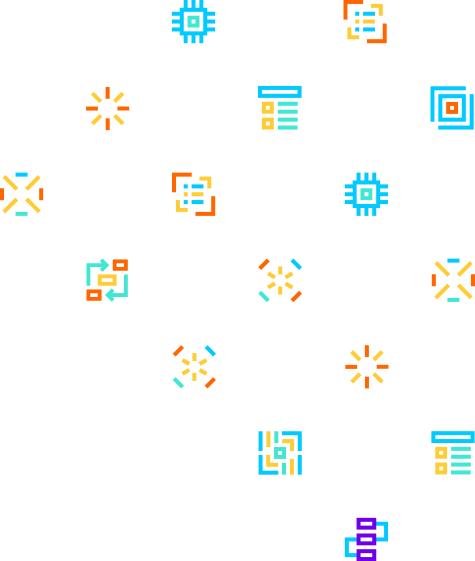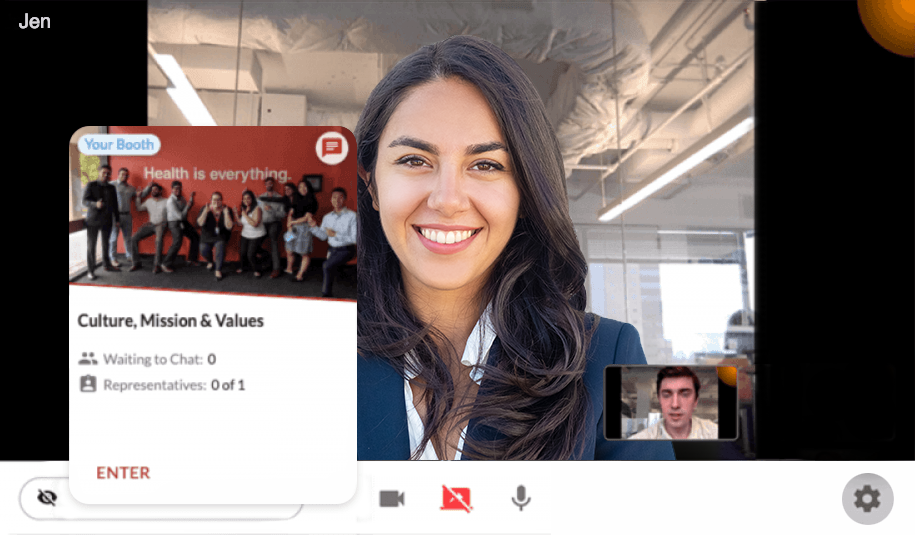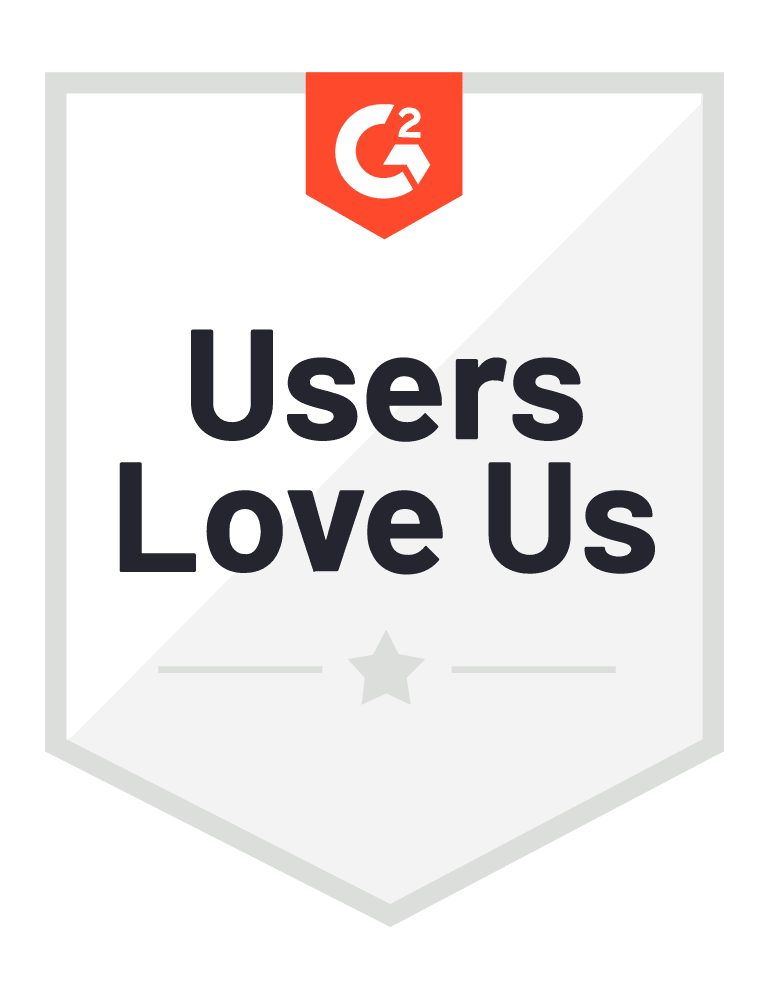Create, manage, host and promote branded events across all industries and job types.


Hiring Events
Powered by the Radancy Talent Acquisition Cloud, our advanced hiring event technology provides a complete event solution to attract and hire top talent that seamlessly integrates into your overall recruiting strategy, streamlining the process from end to end for both virtual and in-person events. From campus to experienced-hire recruiting, high-volume to high-touch hiring, and diversity to job-specific recruitment, you can maximize your ROI, reduce costs and hire qualified talent faster by eliminating recruiter inefficiencies through automation, candidate routing, intuitive interview scheduling and simplified event setup, connecting candidates directly with recruiters and hiring managers to grow your talent pool and pipeline.
Virtual Events
Create, host and promote fully branded virtual events that eliminate geographical barriers and expand reach by effortlessly connecting with candidates one-on-one through video, audio, text-based chat or one-to-many using live broadcasts and group videos.
In-Person Events
Streamline face-to-face events effortlessly with a range of in-person event tools designed for easy attendance and management. Key capabilities include self-check-in and kiosk mode, easy candidate ratings and notes, in-person connection tracking, follow-up communications and a virtual companion website.
Campus Events
Expand your reach and get the most out of your campus recruitment budget with virtual campus career fairs. Easily set up and host virtual events to connect with students across hundreds of campuses to grow your candidate pool and build a robust pipeline.
Event Microsites
Create and manage dedicated online event destinations to capture more inbound and outbound candidates while providing interactive content, live and automated chat, scheduling and more.
Event Promotion
Boost event visibility, registration and attendance with multiple career site integration points including a chat plugin and multi-channel targeted advertising strategies, including job boards, your Talent Community and more.
Screen, Schedule, Interview and Prioritize
Move candidates through all stages of the recruiting funnel quickly with pre-qualifying and interview scheduling capabilities, video, audio or text-based chat for conducting them and automated qualification features.
Candidate Communication
Personalize candidate communication at scale with built-in email marketing for both pre- and post-event outreach and utilize automated text messages to maximize event attendance.
Self-Service
Enjoy full control over event creation, branding and management, while still being fully supported by your Radancy team.
Event Analytics & ROI
Utilize robust self-service reporting insights into event performance, attendee and candidate data, engagement metrics and more to understand and evaluate the effectiveness of your holistic hiring event strategy.





